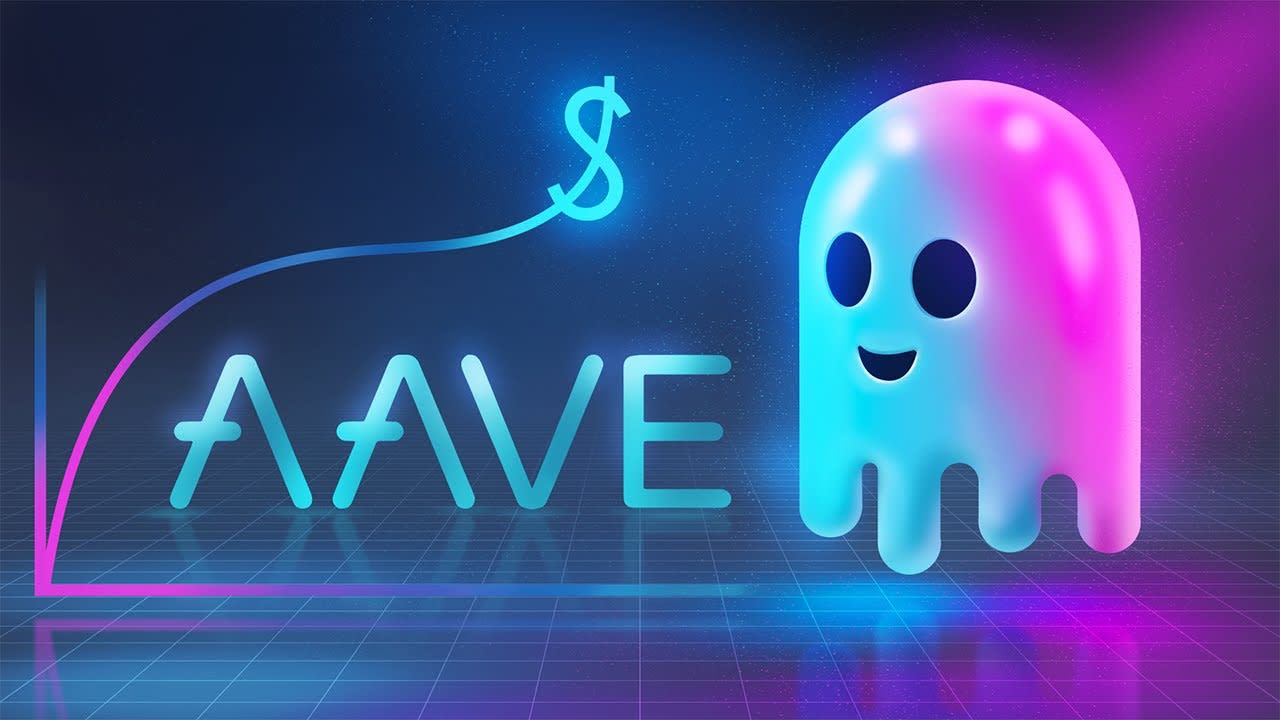Aave and stAave Movements on Ethereum Mainnet
An in-depth examination of AAVE token movement on the Aave protocol specifically occurring on the Ethereum Mainnet, including both supply and withdrawal activities, as well as the daily staking and unstaking of AAVE tokens.
Aave Protocol and AAVE Token
Aave protocol is a decentralized finance (DeFi) protocol built on the Ethereum blockchain. It allows users to lend and borrow various cryptocurrencies through smart contracts. Aave is designed to enable users to earn interest on their crypto assets by depositing them into liquidity pools, which are then made available for borrowers. It also incorporates features such as flash loans and yield farming.
The Aave protocol employs a unique concept called "aTokens." When users deposit their crypto assets into Aave, they receive a corresponding amount of aTokens in return. These aTokens represent the deposited assets and accrue interest in real-time. For instance, if you deposit Ethereum into Aave, you will receive aEthereum tokens in your wallet, which will continuously increase in quantity as interest is earned.
AAVE is the native governance token of Aave protocol. AAVE token holders have the ability to propose and vote on changes to the Aave protocol's parameters and upgrades. It serves as a governance and utility token, and also allows users to stake it in the protocol to earn rewards.
Supply and Withdrawal in AAVE
in Aave, the terms "supply" and "withdrawal" refer to actions related to lending and borrowing activities.
-
Supply/Deposit: Supplying refers to the act of depositing your crypto assets into the Aave protocol to earn interest. When you supply assets, you are essentially lending them to the protocol, making them available for borrowers. In return, you receive aTokens, which represent your share of the underlying assets and accrue interest in real-time. These aTokens can be freely transferred and traded. For example, if you supply 10 ETH to the Aave protocol, you will receive aEthereum tokens in return. As long as your assets are supplied, you will continuously earn interest on your aEthereum tokens.
-
Withdrawal: Withdrawal is the process of taking back your supplied assets from the Aave protocol. When you want to retrieve your crypto assets, you need to initiate a withdrawal. By withdrawing, you redeem the corresponding amount of aTokens, and the protocol transfers your assets back to your wallet. Continuing with the previous example, if you decide to withdraw your 10 ETH, you would burn the aEthereum tokens you received when you supplied them. Once the withdrawal transaction is confirmed, your 10 ETH will be returned to your wallet.
It's important to note that while your assets are supplied, they are utilized by borrowers, earning you interest. However, there may be certain conditions or time periods during which a withdrawal may have limitations or penalties. These conditions are typically determined by the specific market dynamics and the protocol's parameters.
Introduction
In this dashboard, we will be examining the movements of AAVE tokens on the Aave protocol specifically on the Ethereum Mainnet. Our analysis will cover both supply and withdrawal activities (Supplies and Withdrawals tab), as well as staking and unstaking activities of AAVE tokens (Staking and Unstaking tab).
There are two parameters provided in this dashboard that you can adjust according to your preferences:
-
Days_Ago: This parameter allows you to set the time frame for analysis, starting from X days ago until today. Simply enter the desired number of days in the parameter. The default value is set to 1100, which represents a comprehensive analysis spanning three years (all-time) -
Time_Interval: This parameter enables you to customize the time frame for the over-time charts. The default and recommended setting is monthly, but you can also choose weekly or daily intervals based on your requirements.
